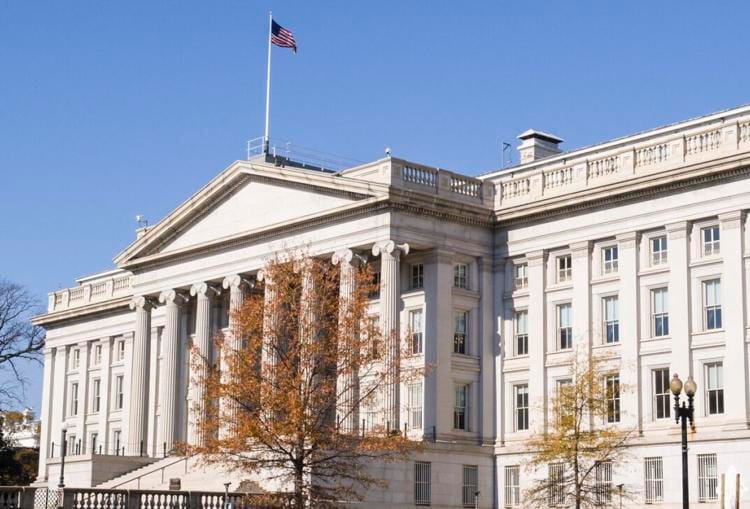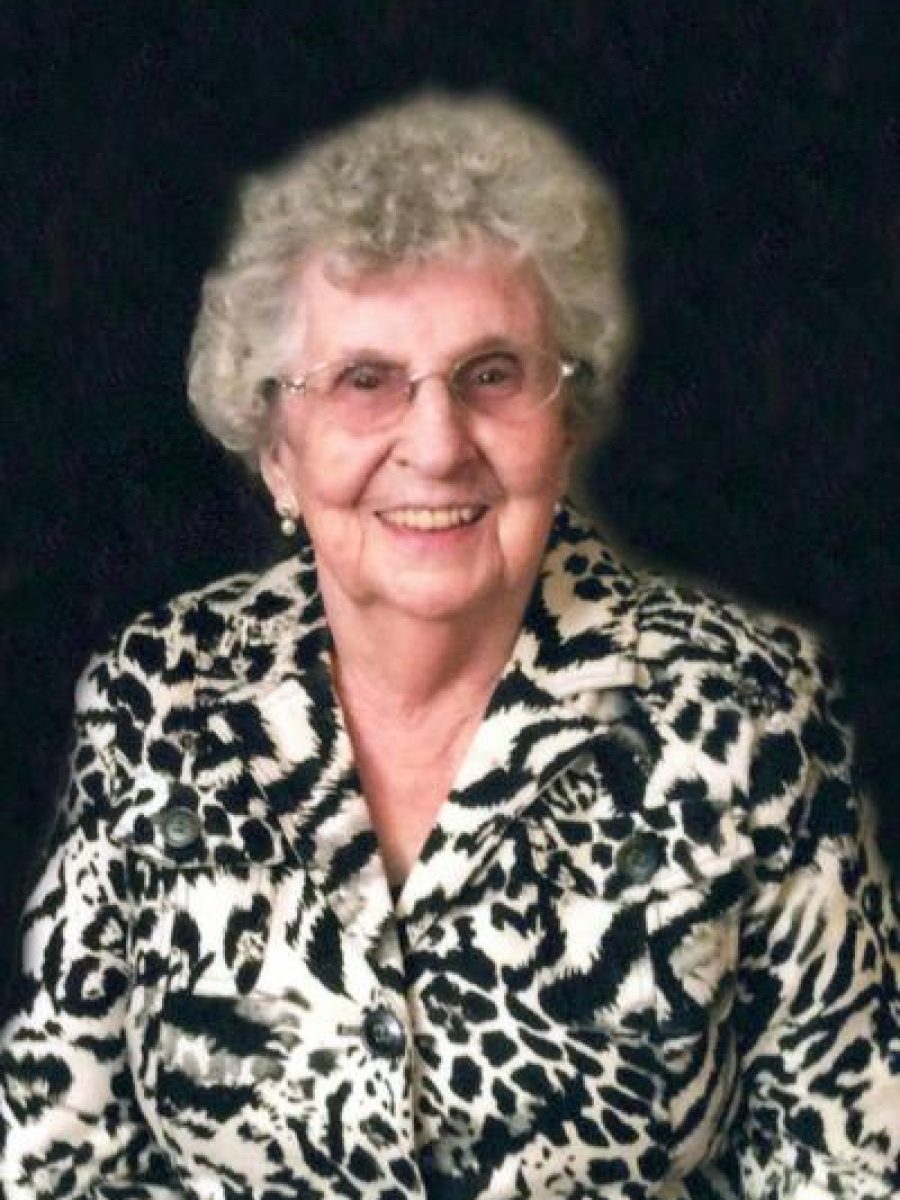RAPID CITY, SD — South Dakota Mines is now home to two research centers that aim to create new battery technology which could revolutionize the energy storage market.
The Center for Solid-State Electric Power Storage (CEPS) at Mines is backed by $2.25 million in funding through the National Science Foundation’s Industry-University Cooperative Research Centers (IUCRC) grant. A vital part of CEPS funding also comes from numerous industry partners that support pre-competitive research. The center is planning an industry advisory board meeting this fall and interested companies can find a contact for more information here. The state of South Dakota supported this initiative and invested an additional $3.9 million to establish the “Governor’s Research Center for Electrochemical Energy Storage” that involves Mines and South Dakota State University (SDSU).
The collaborative effort connects these industry and government partners to university researchers and national labs with vast research capability. CEPS is fostering research that empowers scientific breakthroughs, which are needed to enable new battery technology. CEPS collaborators are working to bring the innovative technology they create to market, which has potential to yield a large return on investment for industry partners. The US lithium-ion battery market is expected to reach $90 billion by 2025. The effort is also a vital part of new technology needed to combat climate change.
The center utilizes university experts in materials engineering, artificial intelligence, advanced manufacturing technology and other disciplines. “The landscape of battery research is huge, there are millions of materials, millions of options that could work to create new types of solid-state batteries, we need to employ artificial intelligence to help tackle this problem quickly,” says Dr. Alevtina Smirnova, associate professor of chemistry at South Dakota Mines. The end goal for CEPS is to commercialize eco-friendly, safe and economically feasible all-solid-state energy storage technology. These new batteries have a range of potential uses including, portable and medical applications, the automotive industry, centralized and decentralized electric grids, military applications and energy security.
In many ways the research is a race against the clock. “We must accelerate energy storage solutions to the market, as this technology that improves the storage capacity for clean energy, is vital in helping solve our climate crisis,” says Smirnova.
Dr. Smirnova is leading the research effort with co-principal investigators: Dr. Sanjeev Mukerjee, professor and director of the Northeastern University Center of Renewable Energy and Technology (NUCRET); Dr. Quinn Qiao, professor in the Department of Mechanical & Aerospace Engineering at Syracuse University; Dr. Serge Pann, executive director of NUCRET; Dr. George Langelett, professor in the Ness School of Management & Economics at South Dakota State University; Dr. Abu Md Numan-Al-Mobin, research scientist at South Dakota Mines; and Dr. Duane Abata, professor in the department of mechanical engineering at South Dakota Mines.
For Dr. Smirnova, this collaborative approach to problem solving, which brings together multiple industry partners alongside public-funded university researchers, has the potential to yield the fastest results to this critical problem of energy storage. She says it is similar to the collaborative approach that helped bring about rapid development of vaccines for COVID-19.
The research is already proving successful; this spring Mines obtained its first patent for a new kind of all-solid-state lithium-ion battery that can operate at elevated temperatures without danger of catching fire. Current technology involves lithium-ion batteries that contain a liquid electrolyte. These batteries can be flammable, they take a relatively long time to recharge and they are not long lasting. CEPS’ research focuses on finding materials best suited for solid-state type batteries, which are longer lasting, faster recharging and much safer to use. As the research progresses, the eureka moments and discoveries developed by the team will be also carried into commercial production by industry.
CEPS is now seeking graduate students in nanomaterials and energy storage who are interested in reducing the impact of climate change by revolutionizing the field of energy storage. Students interested in applying can find contact information here.
CEPS is utilizing government funding to leverage industry investment that will help advance the research effort. Industry partners gain access to use the new technology developed by the research with a smaller upfront cost and reduced red tape. CEPS industry members have direct access to non-competitive governmental funds through the Interagency Transfer Agreements and shared technical expertise available at the university sites and research facilities. This gives industry partners a major advantage to those companies that are attempting to undertake this branch of research on their own.












